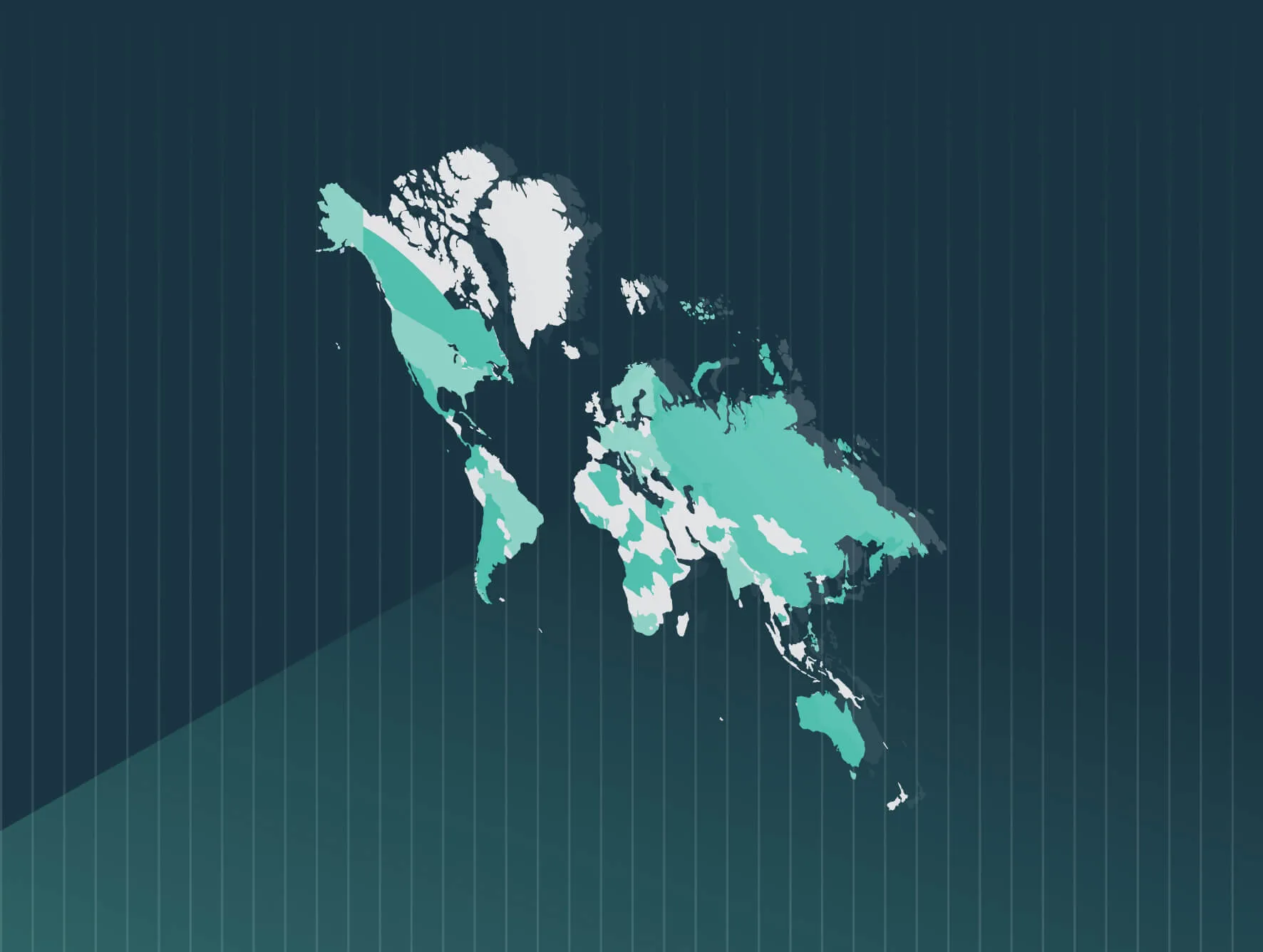With new pay data reporting legislation underway–and the first annual reporting deadline in March 2021 fast approaching–it’s important to take a look at what SB 973 (California’s Pay Data Reporting) means for employers, not only in terms of reporting but enforcement.
According to the law, SB 973 authorizes the Department of Fair and Equal Housing (DFEH) “to receive, investigate, conciliate, mediate, and prosecute complaints alleging practices made unlawful pursuant to Section 1197.5 of the Labor Code.” Employers will now have to submit Pay Data for a single pay period called a Snapshot Period and should also expect significant enforcement of the law, as this is part of its explicit intent. To help employers prepare for CA pay data reporting (SB 973)prior to the first annual deadline of March 31, 2021, we’ve assembled a white paper with key facts and insights.
How California’s Pay Data Reports (SB 973) Will Be Used
Critically, the annual pay data reports required by SB 973 will be used by the DFEH in its enforcement activities. SB 973 expressly empowers the DFEH (Department of Fair and Equal Housing) to enforce California’s Equal Pay Act, Labor Code 1197.5. This is reflected in the express authority “to receive, investigate, conciliate, mediate, and prosecute complaints alleging practices made unlawful pursuant to Section 1197.5 of the Labor Code,” which is California’s Equal Pay Act.
Additionally, the DFEH, with the Division of Labor Standards Enforcement will “adopt procedures to ensure that the departments coordinate activities to enforce the Equal Pay Act. The DFEH has already begun publishing questions and answers concerning California’s Pay Data Reporting (SB 973) compliance, with more guidance soon to come.
Diversity Implications with the New Pay Data Reporting Legislation
Above and beyond the pay data that employers must report, SB 973 reports also contain all the data filed annually in EEO-1 (Component 1) reports with the Equal Employment Opportunity Commission (EEOC). This first component of SB 973 provides employee counts by each establishment, job category, gender, and race/ethnicity.
This allows the DFEH (Department of Fair and Equal Housing), for example, to examine the distribution of workers across gender and race/ethnicity in each job category. Statistical tests can determine where gender and race/ethnicity are predictive of job category. Such tests measure the degree to which job categories exhibit segregation by gender or race/ethnicity. These data can also be compared to federal, county-level, or other data sources for discrepancies.
A proactive pay equity audit explores these diversity implications prior to being informed of them by state regulators in investigations or other enforcement activities. While the first priority of a pay equity audit is to assess evidence of pay discrimination, pay equity audits also assess diversity metrics, identifying job segregation and discrepancies in job category representation.
Annual Pay Implications with the New Pay Data Reporting Legislation
One type of data collected under SB 973 is annual salaries, reported in pay bands. While the annual pay reporting under SB 973 is connected to other data points, such as job category and location (establishment), there are a number of other factors, such as job level, tenure, training, performance, and experience that are omitted from the annual pay data reports.
To the extent that these legitimate drivers of pay differences align with pay differences along the lines of gender and/or race/ethnicity, submitted pay data may create the impression of pay discrimination where there is none. A preemptive pay equity audit would control for these additional legitimate drivers of pay differences and thus provide the employer with a more accurate measure of pay equity in their organization.
For this reason, a pay equity audit is a critical tool for mitigating “false positives” that may appear to regulators reviewing SB 973 annual pay data reports. Nevertheless, these pay data do allow the DFEH to go beyond simple measures of overall pay gaps. The annual salary data reported under SB 973 provide estimates of minimum, maximum, mean, and median annual pay by job category, each of which can be compared across gender and race/ethnicity.
Also, within each job category, distribution tests can measure the extent to which the shares of employees in different pay bands differ by gender or race/ethnicity. While such differences may be indicative of prohibited pay differences for similar work, they can also reflect average differences in positions held or in seniority across gender and/or race/ethnicity.
Hours Worked Implications with the New Pay Data Reporting Legislation
The third data type reported under SB973 consists of total hours worked. Total hours worked are reported by pay band, job category, establishment, gender, and race/ethnicity. Combining total hours with the reported number of employees yields average annual hours per employee.
These average hours can be compared across different gender and race/ethnicity groups, while controlling for establishment, job category, and pay band. Substantial differences (approximately, greater than 25%) in average hours worked per employee imply substantial differences in effective average hourly wages, for different protected classes within the same pay band.
While such differences in effective wages could be due to pay discrimination, they could also arise because specific jobs within the overall job category require different levels of responsibility or skill. While a proactive pay equity audit could distinguish between these cases, the SB 973 report alone cannot. Additionally, one can compare overall average annual hours within a given job category by gender and race/ethnicity.
These differences could reflect differences in opportunities for full-time employment and/or overtime. As with pay, several additional statistics can be applied to make comparisons between average hours across gender and race/ethnicity as well. Once again, a pay equity audit resolves such ambiguous interpretations that could be construed as evidence of discrimination by directly measuring any overtime participation differences between protected classes. Similarly, a pay equity audit would flag differences in full-time vs. part-time status that align with gender or race/ethnicity.
Measures of Average Hourly Wages with the New Pay Data Reporting Legislation
Next, combining these average hour measures per employee with pay bands yields average hourly wage measures. These average hourly wage measures address one limitation of the annual pay data analysis described above, in that annual pay comparisons do not control for differences in hours worked. Hours can vary due to full-time vs. part-time employment, differences in leave taken, or whether employees were hired recently, within the current reporting year.
For any given salary point within a pay band, differences in average hours worked translate into differences in hourly wages. These average hourly wage variations can then be combined across pay bands, producing a form of weighted average hourly wage for each gender and race/ethnicity combination, within a job category.
Other measures of average hourly wage comparisons can be made as well. To the extent that several pay bands apply to a given job category, there will be measures of minimum and maximum average hourly wages by gender and race/ethnicity. This allows regulators to assess the degree of overlap between the ranges of average hourly wage measures for different protected classes.
Cross-Establishment Comparisons with the New Pay Data Reporting Legislation
If your firm operates at multiple establishments (i.e., locations), all the statistics described above can be compared across establishments, looking for those establishments that stand out with respect to a particular measure. Establishments that stand out based on these measures may receive additional scrutiny.
As with the measures above at individual establishments, cross-establishment comparisons may reflect differences in specific job functions within the same job category and location differences in the distribution of skills by gender and race/ethnicity. Without a pay equity audit, such explanations remain only speculative.
Cross-Employer Comparisons with the New Pay Data Reporting Legislation
Similarly, regardless of whether your organization only operates at one location or at many, these statistics may be used to compare your organization with others in your industry, your geography (e.g., county), or to other organizations with comparable numbers of employees within the same job categories.
Here again, regulators look for those employers who stand out from other employer-comparators. Because these data are being submitted annually, statistics measuring diversity, annual pay, hours, and hourly wages can be tracked over several years. Cross-employer comparisons can be made regarding the rate of progress towards resolving differences.
Conclusion
SB 973 (California’s Pay Data Reporting) requires covered employers to file data related to discrimination on the basis of gender and race/ethnicity with DFEH (Department of Fair and Equal Housing). For better or for worse, regulators will be working with such data to carry out their enforcement activities.
Employers covered by SB 973 reporting requirements should conduct a pay equity audit now. Not doing so could expose employers to unnecessary risk resulting from annual pay data reporting.








